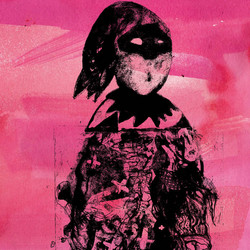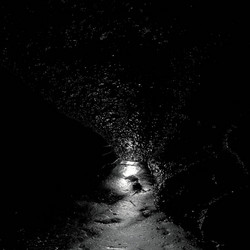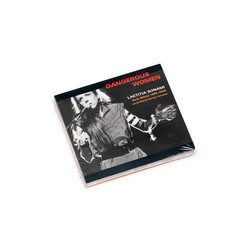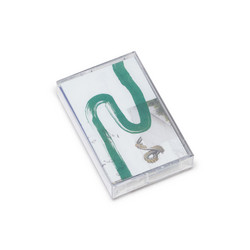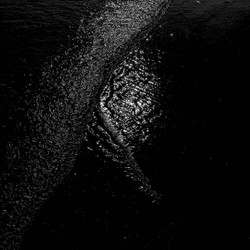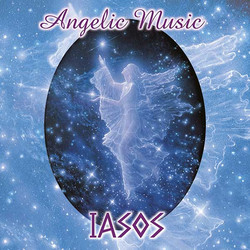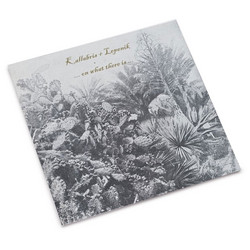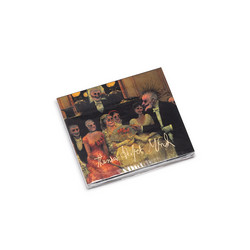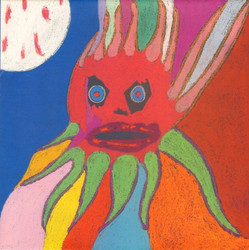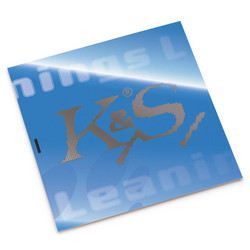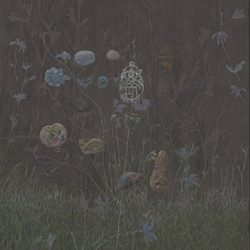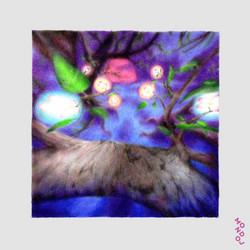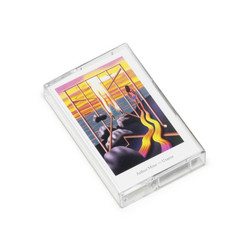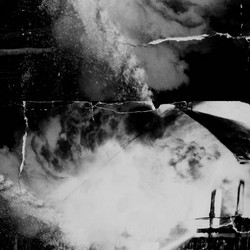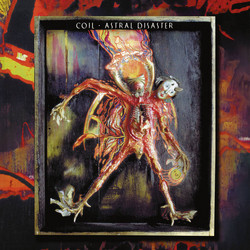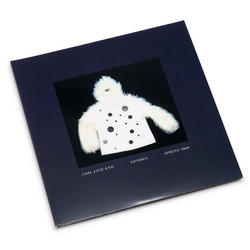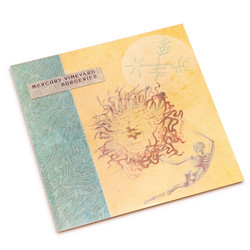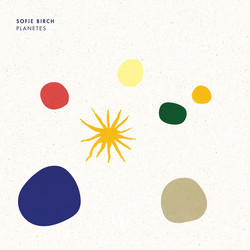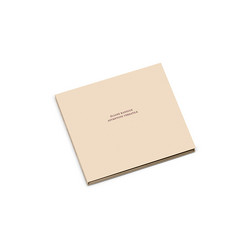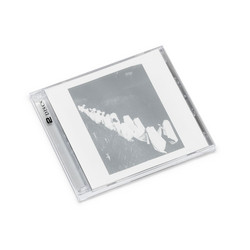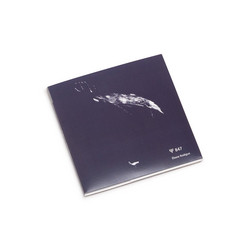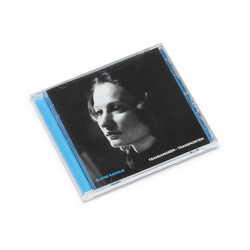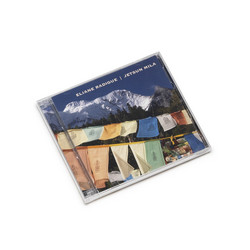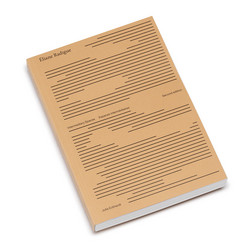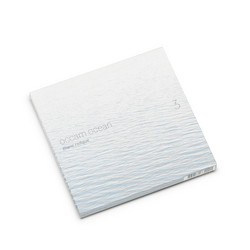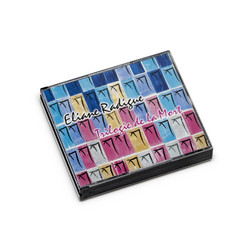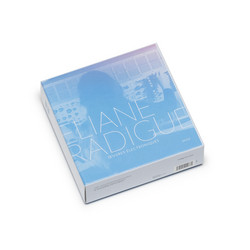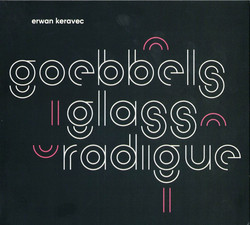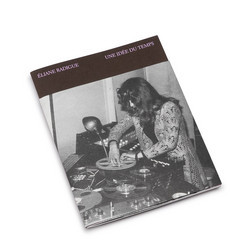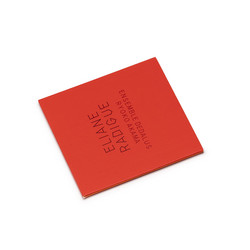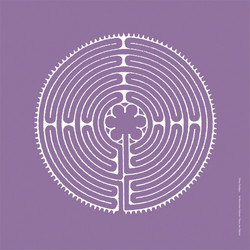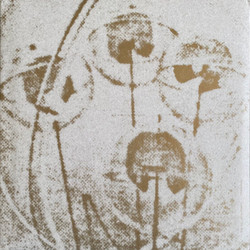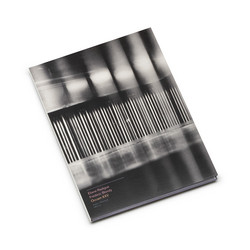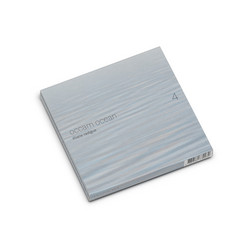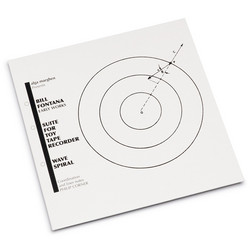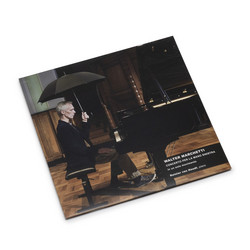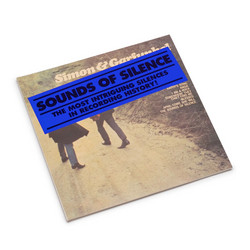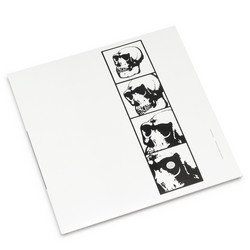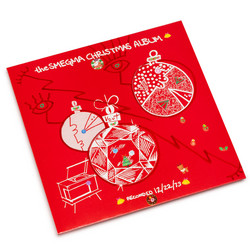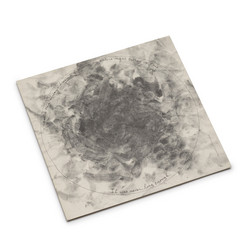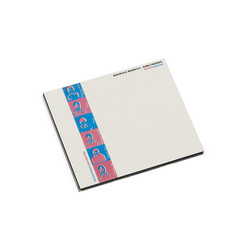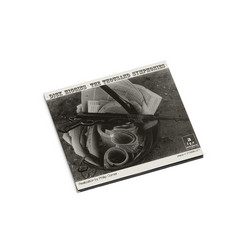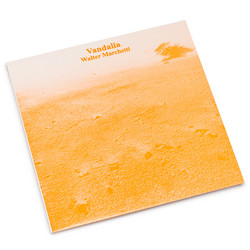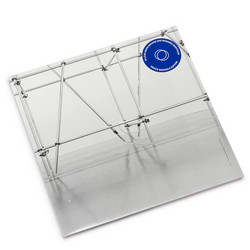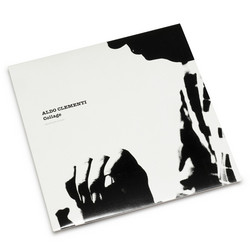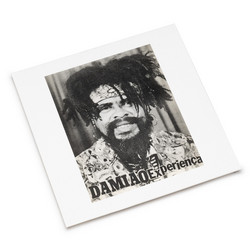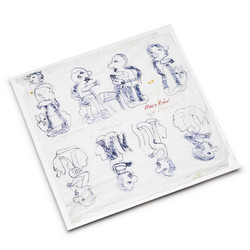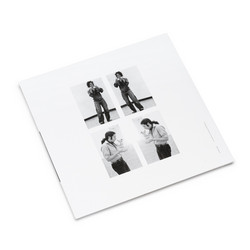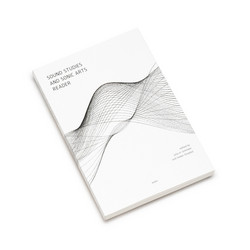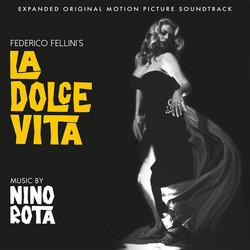Eliane Radigue
Complete Feedback Works (6 LP in bundle)
Lucky restock, very last copies around This bundle includes the complete series of Eliane Radigue's feedback works released on Alga Marghen:
- In Memoriam-Ostinato / Danse des Dakinis (LP)
- Feedback Works 1969-1970 (LP)
- Vice - Versa, Etc. (LP)
- Jouet Electronique / Elemental I (LP)
- Opus 17 (2LP)
In Memoriam-Ostinato / Danse des Dakinis (LP)
* Gatefold cover. Limited Edition * Alga Marghen presents the last chapter from the Feedback Works documentation series, a brand-new LP including "In Memoriam-Ostinato" and "Danse des Dakinis", two previous unreleased tracks by Eliane Radigue. Among the works of fixed duration from the feedback period, "In Memoriam-Ostinato" is the link between "Jouet Electronique" and "Opus 17", and allows you to understand the evolution of her approach. "In Memoriam-Ostinato" is a game of mirroring symbols which glide into a non-measured, bent and elastic, temporality. Eliane Radigue's working method and her aesthetic direction are evident in this work from 1969: her very own unique temporal space of sonic experiences. Even though it bears the same name as the third part of "Adnos III", "Danse des Dakinis" is a peculiar work in Eliane's oeuvre.
Conceived in a short time, with all kind of tapes from the composer's past work, it fluently shows a kaleidoscopic vision of Radigue's sensibility for sound. In 1998 she put together a curious self-portrait in sound. There is a feedback ostinato conceived around 1969 and which refers to "In Memoriam-Ostinato" and "Opus 17". All through "Danse des Dakinis" you plunge into the sound of a creek recorded at Mills College campus that brings you back to the field-recordings from the beginning of the 1960s, made on the coasts of the Mediterranean Sea. Such elements construct "Elemental 1" as well. There are also some discreet interventions on the ARP 2500 synthesizer. It is indeed a peculiar work, which doesn't have the same features of her other compositions, especially at that time of her compositional path.
There is an explanation for the composer producing this kind of sound material in 1998, and not limited to the sound waves of the ARP synthesizer. Invited to a workshop at Mills College in 1998, Eliane Radigue could not load herself down with her bulky instrument on such a trip. So, she left with just a few tapes taken from her own collection, drawn from different periods, and composed "Danse des Dakinis" with those old elements. There is tension in this composition, a certain wildness, an unpredictability of elements, those which are recognized as fundamental elements, which give structure to the universe. "Dance des Dakinis" is an intimate and wild symphony, alive and unpredictable, which is to be the next-to-last gesture of the composer before completely stopping her work with electronics.
Feedback Works 1969-1970 (LP)
Alga Marghen very proudly presents a remastered version of the complete documentation of Eliane Radigue sound installations from 1969-1970, including the broad tectonic vibrations of "Omnht," the celestial voices of "Usral," the massive chant of "Stress Osaka," and more -- the works of this artist's feedback period finally revealed. It is amazing that Radigue could build such formidably organic sonic edifices in her home studio with the primitive machines given to her by Pierre Henry: three tape recorders, a mixing board, an amplifier, two loudspeakers and a microphone. Eliane previously worked for Henry at the Studio d'Essai of the R.T.F. from 1955 to 1957, after having met Pierre Schaeffer almost by chance, who invited her to learn the techniques of musique concrète.
Created 10 years after her Studio d'Essai experience, the feedback works of Eliane Radigue immediately take a new direction from the explorations of musique concrète. Her adventure intuitively goes towards flux, towards contemplative stasis -- a music of continuous sounds, of apparently simple structures, which permits the revelations and expansion of rich acoustic phenomena. It is as if her musical work was in some way a martial art -- as if she meditated for 10 years before striking the first blow, with impressive precision. This is the context in which Eliane composed "Omnht" in 1970 for the architectonic spaces of the visual artist Tania Mouraud titled "One More Night," presented at the Gallery of the Rive Gauche in Paris; "Usral" (the title comes from a phonetic compression of ultrasounds slowed-down, in French "ultra-sons ralentis") is one of the first works by Eliane Radigue to be given in public as a sound environment for a sculpture by Marc Halpern in the Salon des Artistes Décorateurs at the Grand Palais of Paris in 1969; "Stress-Osaka" was conceived when the artist was invited to create a sonic environment for the International Fair in Osaka in 1970.
There is no doubt that Eliane Radigue's vocabulary is based on observing and entering into dialog with the fundamental behavior of sounds: pulsing, beating, sustained, very light -- a subtle and delicate evolution. When she moved from feedback sounds to the ARP synthesizer, she naturally continued the same music, a continuity where the original use of feedback sounds stands out for its cruder and more savage inner character. One could say that somehow it's the very texture of the sounds, which leads the form of her compositions. Includes a 16-page LP-size booklet with original photos, scores and liner notes.
Vice - Versa, Etc. (LP)
Alga Marghen very proudly presents a remastered version of Vice-Versa, Etc..., an LP originally included in the first 400 copies of Eliane Radigue's Feedback Works 2LP. Vice-Versa, Etc... was originally a small handmade box, signed and numbered and released on the occasion of a show at Lara Vincy's gallery in 1970. The box contained a reel of magnetic tape and the instructions for use. It indicates that all playback speeds are possible, forward or backward, as well as any combination of two channels, on several recorders, ad libitum. This LP presents two versions done by Emmanuel Hoelterbach following the indications of Eliane Radigue to the letter, respecting her composition methods. There is no doubt that Eliane Radigue's vocabulary is based on observing and entering into dialog with the fundamental behavior of sounds: pulsing, beating, sustained, very light, a subtle and delicate evolution. When she moved from feedback sounds to the ARP synthesizer, she naturally continued the same music -- a continuity where the original use of feedback sounds stands out for its cruder and more savage inner character. One could say that somehow it's the very texture of the sounds, which leads the form of her compositions. At the same time, this approach favors an intense sensuality in the listening.
Jouet Electronique / Elemental I (LP)
Alga Marghen proudly presents two sublime pieces by Eliane Radigue, 'Jouet Electronique' (1967) for feedback on magnetic tape and 'Elemental I' (1968) for feedback of natural sounds on magnetic tape. Both works, recorded at Pierre Henry's Studio Apsome in Paris, have not been published before. Between 1967 and 1968, Eliane Radigue was the assistant of Pierre Henry in his studio, mainly for the editing of 'L'Apocalypse de Jean.' He also put her in charge of organizing his sound archive according to different criteria. It was endless work -- there were incredible sounds, a true sound library! Eliane Radigue really enjoyed doing this work, even if it took a long time. So, sometimes she decided to set the machines of the studio to do some little work on her own. 'Jouet Electronique' and 'Elemental I' were born this way as a kind of recreation during her time as a studio assistant.
Working with feedback is something that Eliane Radigue learned through Pierre Henry. Do you remember 'Voyage'? There's that fluid part which is made of feedback constructed with a microphone. Everything had to be set at a precise distance from the loudspeakers because that is the specific problem with feedback -- you have to be at the right distance. Afterwards, these high tone recordings were slowed down in order to discover the deeper character of their color. This work with feedback was in the end quite limited and the composer preferred working with two reel tape machines to produce sounds. The first was set on the recording mode while the other was playing and it was the accidents happening in this phase that made the feedback richer. With some fine-tuning you could reach very beautiful results: low pulsations, very high-pitched sounds -- sometimes both at the same time -- or long sounds. All of these sounds could be slowed down or accelerated, which gave her a beautiful material to work with. With 'Jouet Electronique' Eliane Radigue had a lot of fun, hence the title. As far as 'Elemental I' is concerned, it was the first attempt at something which was very important to her based on the theme of the basic elements: water, fire, air and earth. Eliane had the chance to record in open air thanks to a small Stella Vox that Arman gave her in the beginning of the 1960s. At the time she was still living in Nice and every now and then she went for a walk to do some recordings of the sea, the wind, the rain, the fire -- Eliane Radigue continued this way to build her very minimal sound library, consisting of not more than ten reel tapes. This was the starting point and in 1968 she used these recordings for her work with two reel tape machines.
With a text by Emmanuel Holterbach and a photo portrait by Arman."
Opus 17 (2LP)
There is no artist, working in the contemporary field of experimental sound, that is more important than the French composer Eliane Radigue. She is a shining light, who, for more than half a century, has quietly blazed trails with a body of work that is as creatively visionary as it is sublime. Back in the 2010s, Alga Marghen launched a crucial archival series, dedicated to some of Radigue’s earliest and previously unavailable works, many predating her first LP, 1983's Songs of Milarepa, by more than a decade. Among these was Opus 17, completed in 1970 and issued by Alga Marghen as a double LP in 2013. Out of print and highly sought after on the collectors market for nearly all of the years since, we’re thrilled to announce that the label has finally repressed the album in a very limited edition of 300 copies at Optimal Media in Germany for best possible audio quality. Easily among the most important work’s in Radigue’s career, it’s a thrilling sonic journey that lays at the foundation of her incredible practice over the ensuing years.
Born in 1932, Eliane Radigue began her musical endeavours in Paris during the late 1950s and early '60s, working under Pierre Schaffer and Pierre Henry, before quickly outstepping her mentors. Initially working predominantly with tapes, during the early 1970s she made the radical switch to modular synthesis, beginning a decades long exploration of the ARP 2500 that drew on her practice as a Buddhist and pushed the notions of musicality endlessly forward, taking the entire landscape of experimental sound with her through a series of sonic mediations that bound life and art.
Opus 17, completed in 1970, represents a crucial juncture in Radigue’s work. It is the last composition in her sonic oeuvre to have been created with feedback materials, before dedicating herself to modular synthesis. Created at the Artistic Center of Verderonne, through relatively rudimentary means, it can be regarded as the culmination of a practice that Radigue had cultivated and honed within her studio over proceeding years, rising as a panoramic voyage through remarkably detailed electronic phenomena.
Beginning with a captured fragment of piano music, over the course of nearly an hour and a half, Radigue works her magic, transforming her material source into an endlessly evolving expanse of sonority, shifting between durational passages of bubbling ambiences and bristling movements of atonal texture and pulsing tonality, at once harsh and granular, while possessing a striking quality of tactility, and entirely reimagining electronic music on her own terms.
Upon hearing the work shortly after her arrival in NY during 1970, Rhys Chatham recalls: “What I heard changed the course of my life as a composer. (...) That piece, an impressive source of inspiration, gave the impression of being in a grand cathedral, both for the sensation of immensity of being in such a large cathedral, as for the effect of being so close to God." More than 50 years later, Opus 17 hasn’t diminished in its powerful effect.


